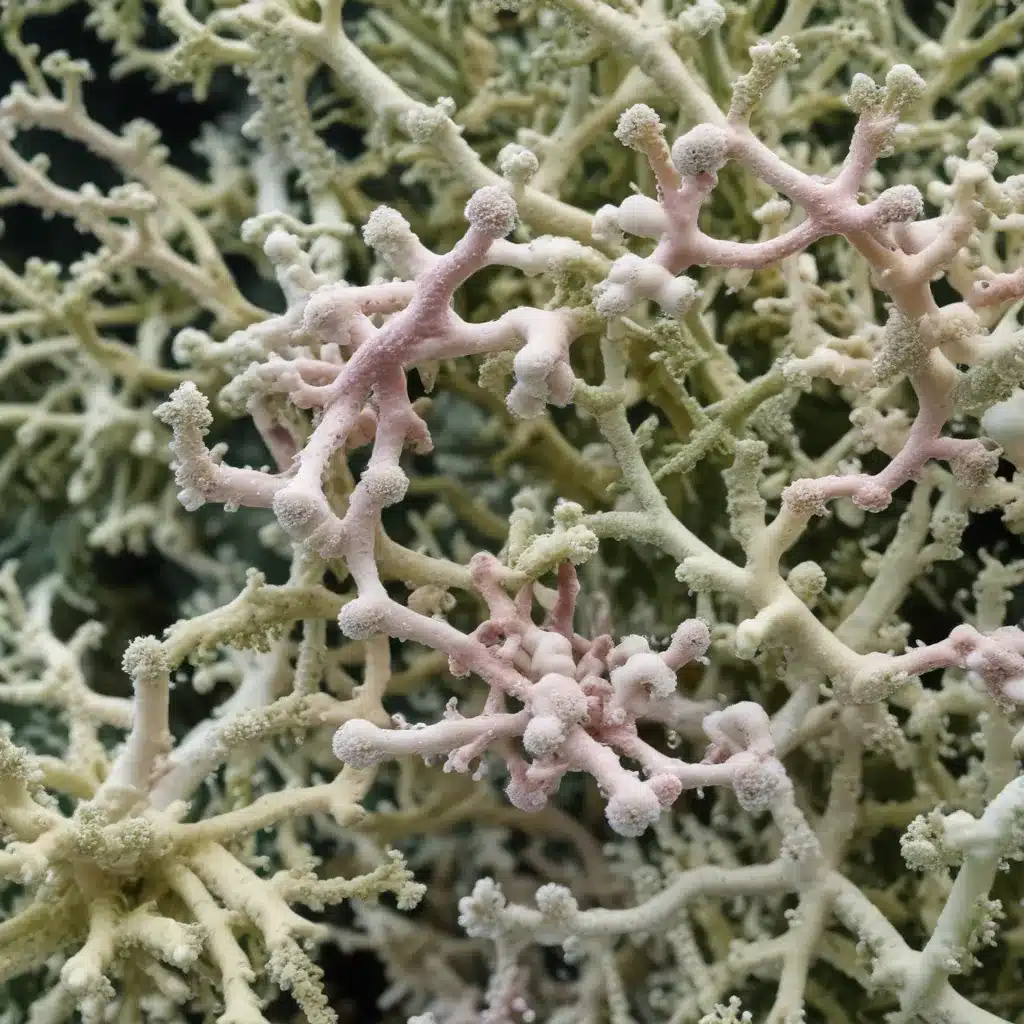
Understanding Candida auris: A Rapidly Emerging Threat
Candida auris has emerged as a serious global health concern in recent years, posing significant challenges in both healthcare and research communities. This multidrug-resistant yeast species is known for its ability to cause invasive infections, high mortality rates, and rapid transmission in healthcare settings. Unlike many other Candida species, C. auris demonstrates remarkable resistance to commonly used antifungal drugs, including azoles, echinocandins, and even amphotericin B.
The rapid rise of C. auris is particularly alarming, as it has surpassed Candida albicans as the leading cause of invasive candidiasis in some regions. This opportunistic pathogen commonly affects critically ill patients, immunocompromised individuals, and those with indwelling medical devices, such as catheters or implants. C. auris can persist on environmental surfaces for extended periods, further facilitating its spread within healthcare facilities.
One of the key factors contributing to the success of C. auris is its ability to form robust biofilms. Biofilms are complex, three-dimensional microbial communities embedded in a self-produced extracellular matrix, which provides protection against host immune defenses and antimicrobial agents. The formation of biofilms by C. auris significantly enhances its resistance to antifungal treatments, making it increasingly difficult to eradicate this emerging pathogen.
Targeting Hydrolytic Enzymes: A Promising Approach
To combat the growing threat posed by C. auris, researchers have turned their attention to understanding and targeting the virulence factors that enable this yeast to thrive. One particularly promising area of investigation involves the role of hydrolytic enzymes in the pathogenicity of C. auris.
Hydrolytic enzymes, such as phospholipases, proteases, and hemolysins, are known to play a crucial role in the pathogenesis of Candida species. These enzymes facilitate the invasion of host tissues, evasion of immune defenses, and maintenance of cellular viability and proliferation within the host.
Recent studies have highlighted the potential of targeting these hydrolytic enzymes as a novel approach to combat C. auris infections. For example, a study published in the Scientific Reports journal demonstrated that the natural compound Rottlerin effectively inhibited the production of phospholipases, hemolysins, and other hydrolytic enzymes by various Candida species, including C. auris.
The research showed that Rottlerin was able to significantly reduce the production of these virulence factors, with up to a 20% decrease in hemolysin activity. Interestingly, Rottlerin also exhibited the ability to completely inhibit the production of DNase, an enzyme that is believed to play a role in immune evasion and tissue invasion by Candida species.
Additionally, the study demonstrated that Rottlerin could effectively inhibit biofilm formation by C. auris, as well as other clinically relevant Candida species, such as C. albicans and C. dubliniensis. The compound was shown to disrupt the structural integrity of the biofilm, reducing cell aggregation and extracellular matrix production.
These findings suggest that targeting the production of hydrolytic enzymes and biofilm formation could be a promising strategy in the development of novel antifungal therapies against C. auris.
Synergistic Potential of Antibiotics and Anti-Biofilm Agents
While the inhibition of hydrolytic enzymes and biofilm formation represents a valuable approach, the challenges posed by C. auris go beyond these virulence factors. The remarkable antifungal resistance exhibited by this pathogen requires a multifaceted approach to effectively combat its spread and improve patient outcomes.
One promising area of investigation involves the use of combination therapies, where antifungal drugs are paired with compounds that target biofilm formation or other virulence mechanisms. This synergistic approach can potentially enhance the efficacy of existing antifungal agents and overcome the resistance barriers presented by C. auris.
For example, studies have demonstrated the potential of combining antifungal drugs, such as fluconazole or posaconazole, with calcineurin inhibitors like tacrolimus (FK506) or cyclosporine A. These combinations have shown synergistic effects in inhibiting the growth and biofilm formation of both drug-susceptible and drug-resistant C. auris strains.
The calcineurin signaling pathway plays a crucial role in regulating various virulence factors, including biofilm development, in Candida species. By targeting this pathway, the combination of antifungals and calcineurin inhibitors can potentiate the efficacy of existing antifungal therapies and potentially overcome resistance mechanisms.
Moreover, the inhibition of heat shock protein 90 (Hsp90) has also emerged as a promising strategy when combined with antifungal drugs. Hsp90 is an essential chaperone protein that regulates the stability and function of various client proteins involved in antifungal resistance and biofilm formation in C. auris.
By combining Hsp90 inhibitors with antifungal agents, researchers have demonstrated the ability to enhance the activity of fluconazole and other antifungals against biofilm-forming C. auris strains. This synergistic approach holds great potential in addressing the multidrug resistance challenges associated with this emerging pathogen.
Conclusion: Advancing the Fight Against Candida auris
The rapid emergence of Candida auris as a global health threat underscores the urgent need for innovative strategies to combat this multidrug-resistant yeast. By targeting the key virulence factors, such as hydrolytic enzymes and biofilm formation, researchers are paving the way for the development of more effective antifungal therapies.
The findings discussed in this article highlight the promise of compounds like Rottlerin, which can simultaneously inhibit the production of hydrolytic enzymes and disrupt biofilm formation in C. auris. Furthermore, the potential of combination therapies, pairing antifungal drugs with biofilm-disrupting or calcineurin-targeting agents, offers a multifaceted approach to overcoming the resistance barriers presented by this formidable pathogen.
As the scientific community continues to deepen its understanding of C. auris and its mechanisms of pathogenicity, the development of novel, targeted antifungal strategies will be crucial in the fight against this rapidly evolving threat. By harnessing the insights gained from recent studies, the air-cooled heat exchangers industry can stay informed and prepared to address the challenges posed by Candida auris and other emerging fungal infections.
Visit https://www.aircooledheatexchangers.net/ to explore more resources and stay up-to-date on the latest advancements in the field of air-cooled heat exchangers.

